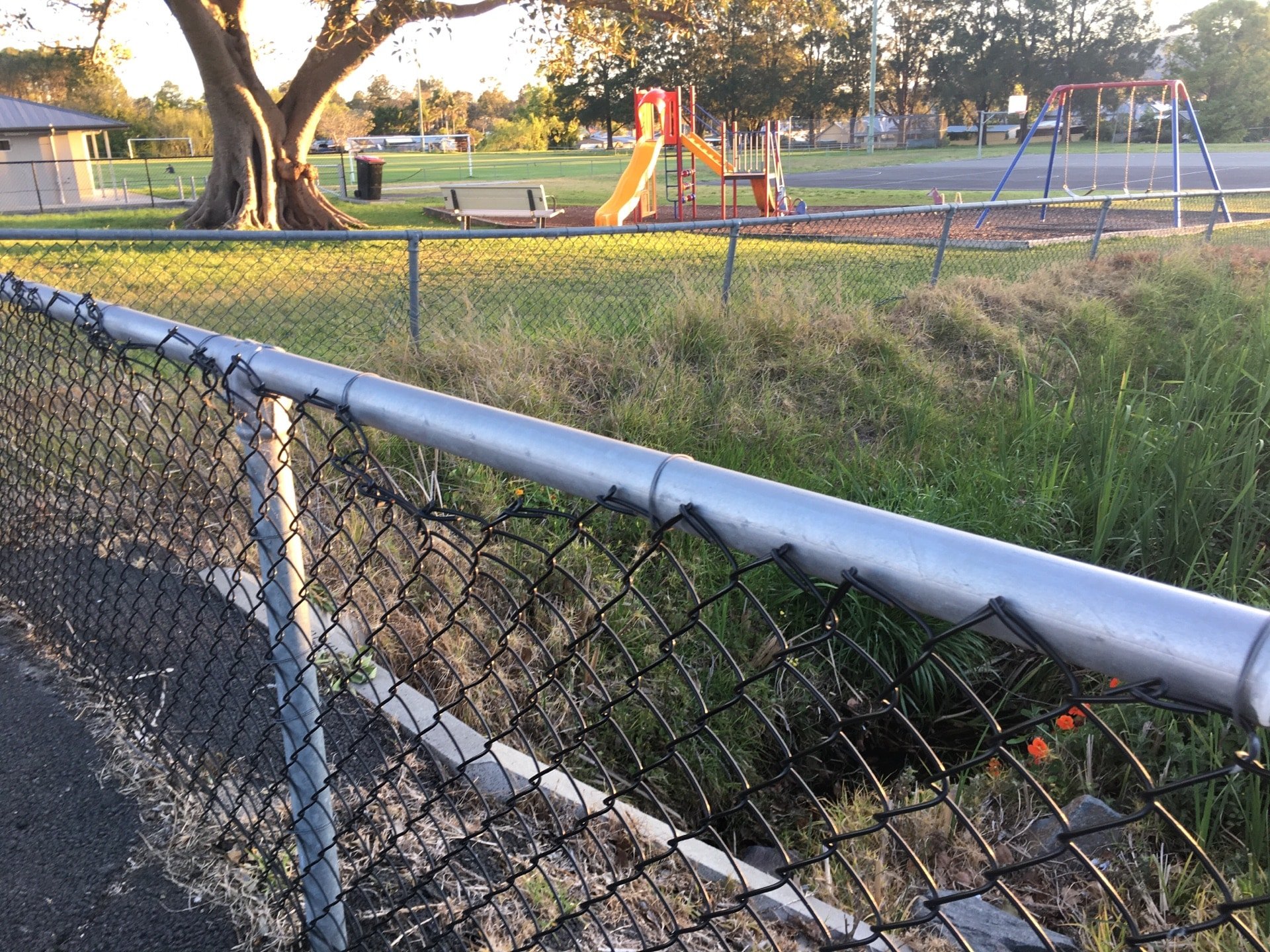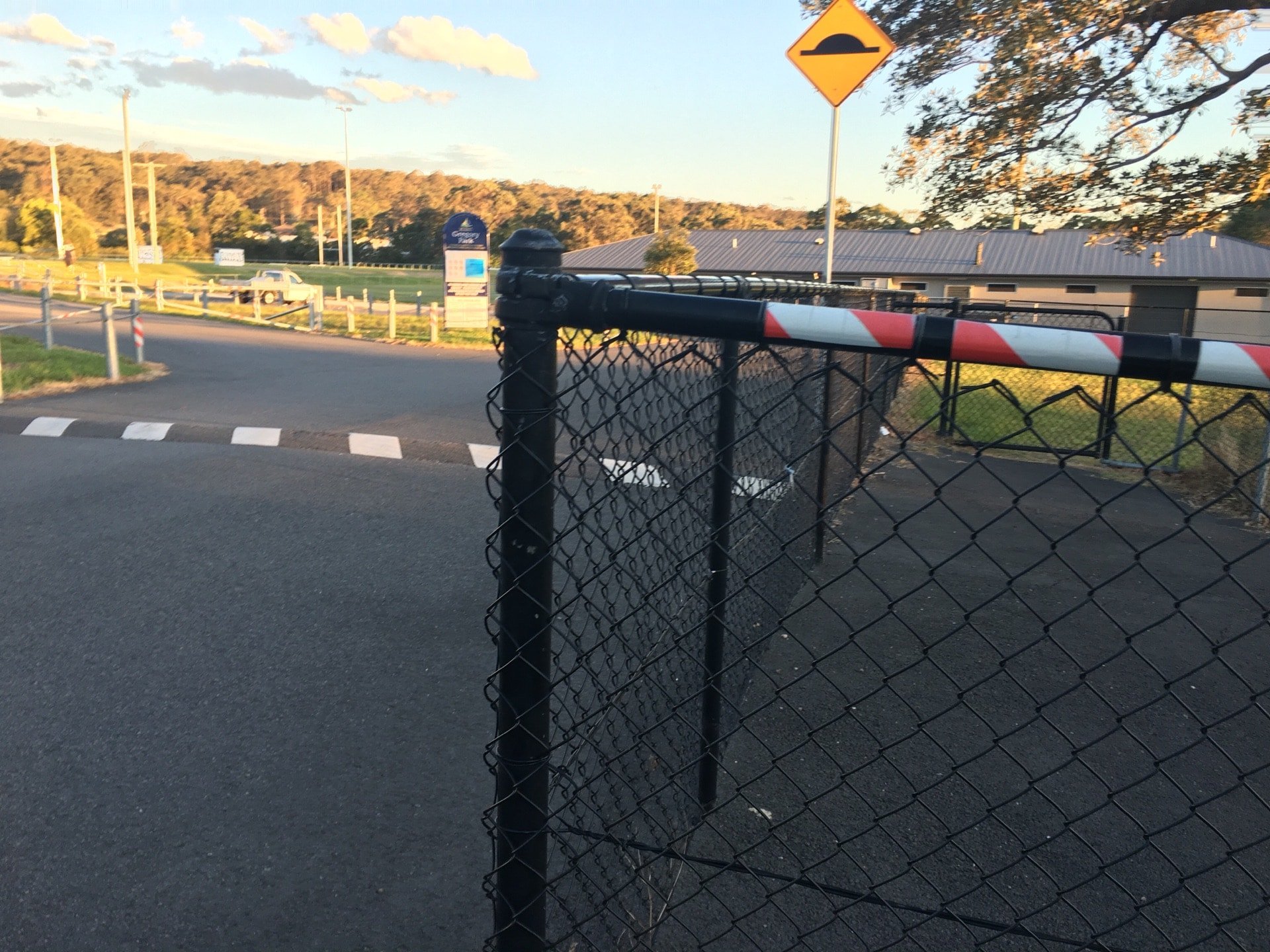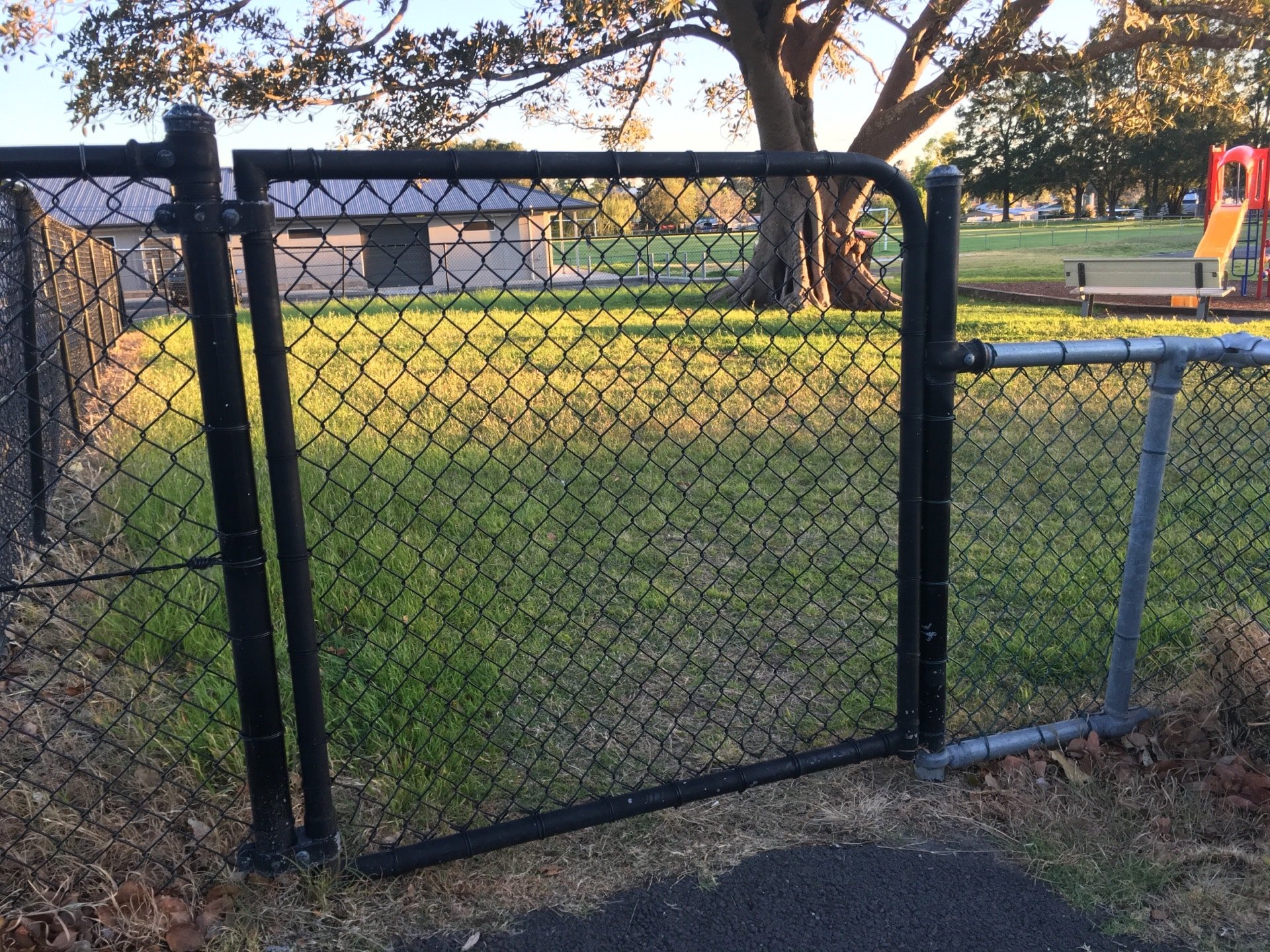In Lalor, a suburb of Melbourne, there is a popular park with an amazing array of play equipment installed. This, of course, makes it a wonderful place for parents to take their kids as it serves two purposes, one is the kids can play to their heart content while socialising with each other and the second purpose is that the parents can socialise, swapping stories or parenting tips.
Now, one issue with this park is that it is unfenced. One day a couple of weeks ago one of the mothers, we will call her Mary, was busy chatting to others while her young daughter was playing on a swing. She was distracted for only a few seconds, but it was enough time for her daughter to wander off without being noticed. Unfortunately, the young girl wandered onto a nearby road and was hit by a car.
Needless to say, the local council is now installing a chain link fence around the perimeter of the park as a security measure to ensure that this type of accident is unlikely to occur again.
A solid, secure and low-cost barrier is a must for any area where children congregate or play. But why do we need to keep children enclosed in this day and age? Isn’t Australia one of the safest places in the world? Let us examine some of the reasons.

Children and road safety.
Every year in Australia many children are killed or seriously injured after being hit by cars on our roads. While most of these accidents happen on the roads, a number of them also occur in car parks such as those found at schools, swimming pools or hospitals. This is a significant problem as the following figures show:
- 204 children aged 0-14 years were killed on our roads and in our car parks in the ten-year period 2001 – 2010.
- 4,440 children aged 0 – 14 years were seriously injured on our roads and in our car parks during the same period.
- 58% of these child deaths occurred in low-speed zones of 50 or 60 km/hr.
In our Australia, where the car is king, motor vehicle accidents happen and are often beyond our control. Children up to the age of 12 are especially at risk because they do not have the road skills or judgement that comes with age and experience. This means that young, mobile, children are at greater risk of being hit by a motor vehicle.
One thing that we can do to protect our children from this situation is to secure the areas where they play or congregate in such as local playgrounds, schools, sports facilities and swimming pools. Economical, secure, and long-lasting fencing solutions such as chain link are ideal for this application, especially as these areas usually require long runs of fencing.
By simply fencing the areas where our children meet and play we can significantly reduce the death and injury toll of road accidents by preventing the children from running onto the road inadvertently.

Children and stranger danger
One reason that is not considered often when deciding to fence a public playground or school or sporting facility is child abduction.
Now you may think that this is a little far-fetched, especially in a country like Australia but a recent study conducted by Deakin University in Melbourne indicated that one of the top four reasons parents didn’t allow their children to use public facilities was their fear of strangers, thus affecting their decisions to allow their children to use parks and facilities in their local area.
As a matter of fact, it has been reported that Australia has the highest rate of child abductions per capita in the world with 45 abductions being reported in 2009. What is disturbing is that a number of these abductions occurred in public areas such as parks and sporting grounds. A good majority of these areas are completely open and accessible which means easy and quick access to a child by a potential kidnapper.
Strong, secure fencing of all of our public areas would assist in alleviating the “Stranger Danger” element for our children. Obviously, a fencing material like chain link would be perfect for this application because of its security features.

Child drownings.
Children drowning in open streams, pools and stormwater dams is an ever increasing issue for Australia.
Children are naturally drawn to water and often are not aware of the dangers of playing near or in streams and drains.
A report produced by The Royal Life Saving Society of Australia shows the statistics for drowning in public areas for the 10 years from 2002 – 2012 as follows:
- Lakes, dams, and lagoons accounted for 297 drownings in total.
- Rivers, creeks, and streams accounted for 741 drownings in total.
- Stormwater drains and sumps accounted for 148 drownings in total.
Of these drownings 22%, or 261, were children aged between 0 and 12 years. A number of these drownings could have been prevented if a chain link barrier fence had been installed around areas such as stormwater drains and sumps, creeks and streams in city suburbs and some rural dams and lagoons.
Until our children gain enough knowledge and experience, they need our protection. Part of this protection comes from education and training but physical protection is also required, especially in areas where we cannot supervise them all of the time. Even in places like our schools we need to provide physical barriers so that our children cannot run onto busy roads or be approached by complete strangers who can do them harm.
Chain link fencing is the perfect barrier for these applications. It is strong, secure and can be installed at any height you wish. In addition, it is very economical and easy to install. There are many public areas where chain link fencing is already used, but there are many more which are still open and pose a real danger for our children so perhaps we need to campaign to get these areas secured for their safety and security.

